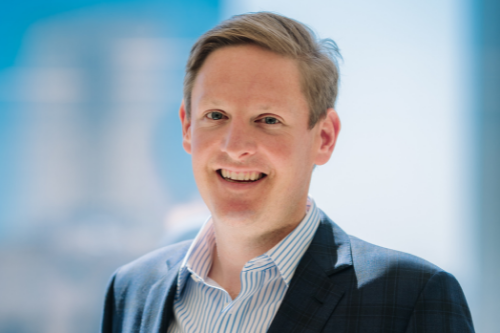

“For many domestic US insurers, there’s no longer a reluctance to use an Asian reinsurance panel – they’re open to it. US ceding companies are more willing to consider Asian reinsurance support.”
That was the assertion made by Dallas-based AM RE Syndicate Inc. senior vice president and head of underwriting Dan Dijak (pictured) when he recently sat down with Insurance Business while in India to meet with partners. Here the underwriting head talks about US program business and why it’s proving to be an important space amid the far-from-softening insurance market.
Dijak, whose camp has delegated authority from reinsurers in Asia that want to access US business, noted: “We act as a managing general underwriter for quota share reinsurance. We underwrite US-based business primarily in the program space. Fronting carriers have built up over the last three to five years, but they need to be reinsured. So, it’s all about distribution.
“Working in partnership with the fronting carrier allows us to access many niche US programs or MGAs in need of capacity. AM RE manages the entire reinsurance portfolio, from underwriting to claims oversight, for our reinsurance partners. We are their ‘boots on the ground’ in the US and willing to visit them multiple times per year to discuss results and market conditions. At present, we are in Mumbai for one week.”
As for what attracts reinsurance partners to the model, the AM RE executive believes the US marketplace gives Asian reinsurers great portfolio diversification and a stronger US market presence.
Dijak went on to highlight: “The US market, especially the E&S (excess and surplus) market, remains very strong, and we have access to many diverse programs. We can put together a program with a low limit that is non-nat cat (natural catastrophes) exposed.
“We can assemble a portfolio of four or five lines of business for any reinsurer we work with. Our portfolio is made up of many SME insureds in the US market. Distribution is a big part of our offering in that we have access to this business in the current hard market, so that’s why they’re interested.”
In Dijak’s view, the core concept of underwriting profitable business transcends continents, which is why the proposition works. “Most industries have been impacted by globalisation, and reinsurance is no different,” he noted. “We thrive on it.” The Texas firm has been partnering with reinsurers in Asia since 2018.
“At AM RE,” said the StarStone Insurance alumnus, “we have six full-time underwriters that were primary underwriters before, so we know the risk at a very granular level, and we know the key details to look for that drive a program’s profitability.
“It’s essential to work closely with an MGA to manage and implement those controls, so that’s the value add that we give Asian reinsurers. It’s all done on a quota share basis. So, we’re not submitting individual risks to them for review – we’re handling that; we manage all of that for them.”
Dijak – who thinks the industry will continue to see a hard market through the end of 2022, at the very minimum – added: “[The program space] is a very viable alternative. It just speaks to this concept of globalisation.” He also pointed out the meaningful events that cause a lot of uncertainty with claims reserving.
“I think we’re in unprecedented times in terms of a hardening market,” Dijak told Insurance Business. “There have been several incidents – whether it be COVID, the recent string of high-loss nat cats, or major cyber loss events – creating these opportunities that we’ve never gone through before in such close proximity to one another. There’s so much uncertainty.”
“I think we’re one step ahead of the game in that we’ve been able to time this market disruption starting three years ago by getting capacity to deploy in the US from Asia reinsurance capacity,” he declared. “Initially, ceding companies were most comfortable with the large European reinsurers, but now Asian reinsurance is more widely accepted.
“With more disruption, specifically for US carriers, and uncertainty with loss reserving, primary carriers are forced to re-examine their product lines. US E&S that had moved to Lloyd’s, and has been there for a long time, is now coming back to the US market. For many domestic US insurers, there’s no longer a reluctance to use an Asian reinsurance panel – they’re open to it.”
